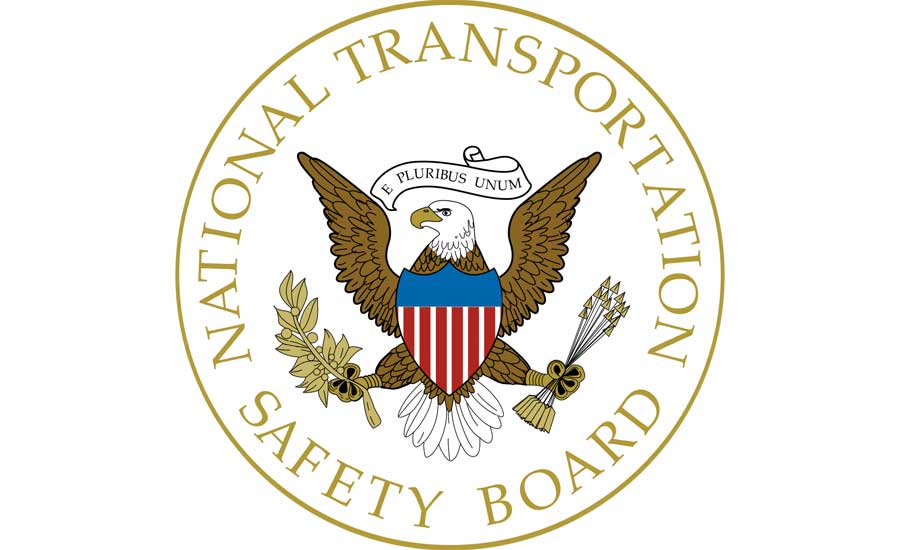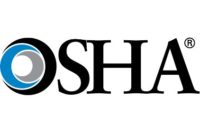The National Transportation Safety Board (NTSB) has determined that the Aug. 10, 2016, natural gas fueled explosion and fire in a Maryland apartment building that killed seven people was caused by the failure of an indoor mercury service regulator with an unconnected vent line.
The unconnected vent line and failed service regulator resulted in a leak of natural gas that accumulated in the apartment building’s meter room until it reached explosive levels and ignited. The explosion and fire in part of the Silver Spring, Maryland, Flower Branch apartment complex, resulted in seven deaths, and 65 residents and three firefighters were transported to local medical facilities. Both the building where the explosion occurred, and an attached apartment building were damaged.
In its report released Tuesday, the NTSB says that leading up to accident, there was no evidence that residents, building management, or any emergency personnel notified Washington Gas of a gas odor. The investigation revealed that had Washington Gas been notified of a previous gas odor call two weeks earlier, the Aug. 10 explosion could possibly have been prevented by a service technician entering the meter room of the building, identifying the unconnected vent line, and remedying the situation. Further, the NTSB noted the use of gas odorants alone does not sufficiently warn individuals in some cases of a gas system leak, such as the undetected leak that occurred in this accident.
“The NTSB’s investigation highlighted serious flaws in the inspection of service regulators,” said NTSB Chairman Robert L. Sumwalt. “This tragic event could have been avoided if the necessary checks were done to ensure the safety of the building’s occupants.”
NTSB investigators concluded that without a requirement for technicians to verify the connection of vent lines for indoor mercury service regulators, such vent lines could inadvertently be left open following service work. Had the mercury service regulators been located outside the building, the explosion would not have occurred.
However, had methane detectors been installed in the building, an alarm would have alerted residents to a gas release and reduced the potential and consequences of a natural gas explosion. Therefore, the NTSB is recommending the installation of fixed methane detectors that go beyond relying on smell. The odorant in natural gas provides some warning but methane detector alarms can provide a reliable additional safeguard.
As result of the investigation the NTSB issued a total of 13 safety recommendations with five safety recommendations issued to Washington Gas and two issued to both the Pipeline and Hazardous Materials Safety Administration, and the Public Service Commission of Maryland. The International Code Council; the National FireProtection Association, the Gas Technology Institute, and the International Academies of Emergency Dispatch each received one safety recommendation.
An abstract of the final report, which includes the findings, probable cause, and all safety recommendations, is available.
Links to the accident docket and related news releases for this investigation are available at https://go.usa.gov/xmYYG.


